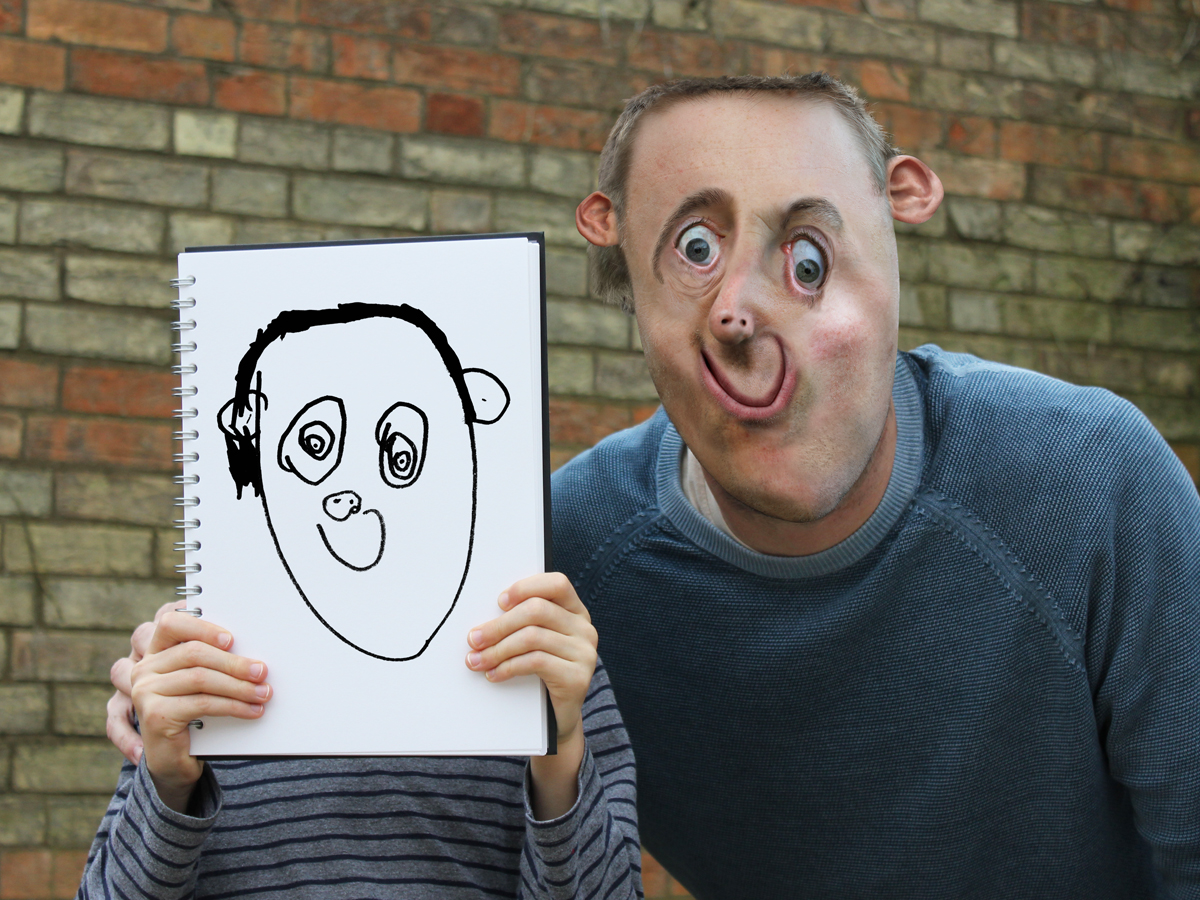We all know that influencers are an easy target, especially for the mainstream media. The celebrities who don’t mark their paid posts as ads don’t help. The spread of misinformation from a small but loud few is clearly a bigger and more pressing issue. And the ‘working’ trips to Dubai by a handful of Instagrammers earlier in the year felt like a mouldy cherry on top of a pretty unpleasant pie for many people living through the depths of a UK winter lockdown.
But it’s unhelpful when all of influencer marketing is tarred with the same brush.
And I have quite a personal reason to particularly think that. Based on most industry definitions – my kids and I are, weirdly, ‘influencers’. I have an Instagram account called @thingsihavedrawn, with a few hundred thousand followers, that was inspired by my kids and features their work.
But the term ‘influencer’ feels wholly inappropriate for what we do. For one, I don’t feature my kids’ faces in our posts, so most people don’t know who we are. Dom, the older of the two (now a bit too old to contribute his own drawings, but still basically the ‘I’ in our profile’s name) started secondary school last September and most of his new friends have no idea about it.
I also don’t want them to think of themselves as influencers – or myself for that matter – because, frankly, I don’t want it to go to anyone’s heads. Many people I speak to in the industry seem to agree that ‘influencer’ isn’t a great name. (Imagine referring to yourself in conversation as an ‘influencer’ with a straight face.) But, of course, ‘influencer marketing’ is such an ingrained industry term nowadays, it’s surely here to stay for a while yet. And of course, at MediaCom we have a brilliant, long-established, and growing influencer marketing function. More and more clients rightly want these services.
A personal antidote
I launched @thingsihavedrawn around five years ago, based on the simple premise of making kids’ drawings look real, and it’s since grown its following to over 800,000. I didn’t set out for it to grow like that. Half a million followers have come in the last 18 months alone. I just hit upon something that people seemed to like – a combination of kids’ drawings and happy animals – and I worked hard to learn, to grow, and basically to make a relative success of it. Consistency is key, I’ve realised.
The main reason I’ve kept it up isn’t just because I get pleasure from all the laughing emojis I get in response to our posts (although I’ll admit – I do get the odd dopamine hit when posts do especially well). It’s because I want @thingsihavedrawn to be an enriching environment that celebrates creativity – in this case, children’s creativity. It’s my own antidote, in a way, to the types of posts that get such a bad rap on social media; artificial-looking lives projected out of our mobile phones, a constant flow of (what presumably should remain private) moments splashed across the web, and occasionally some pretty questionable product placement.
And yet, while influencer marketing may have experienced a fair few fails in the past, most marketers know they can’t afford to ignore this ever-growing communications opportunity which, when done right, can deliver hugely impressive results – especially when properly integrated into the wider marketing mix.
Influencer marketing as a creative force for good
But what I think we don’t recognise enough, is how influencer marketing can also be a tremendous creative force for good. Instagram, like Facebook, SnapChat, TikTok, Reddit, Twitter and the many other platforms out there, are undeniably powerful tools that provide a creative outlet for people who, (unlike myself, with my privileged position of working in advertising for years) could never have imagined having that opportunity before.
Whilst there will always be those who want to be famous for the sake of being famous, social platforms also provide an incredible opportunity for genuinely talented people – artists, illustrators, writers, film makers, musicians – either starting out on their creative journeys, or building their reputations. Some might be referred to as ‘nano-influencers’ now, but the way social media works is that if their work is genuinely good – and they can navigate the admittedly tiresome and complicated algorithm changes – their popularity will grow. And with brand funding, we can help support that growth.
The fact that some creators, with otherwise limited opportunities, are able to use these platforms to monetise their creativity is, frankly, a wonderful thing.
It leads me to believe that as an industry, we should divert more influencer marketing spend to give a greater voice to under-represented, comparatively undiscovered, but ultimately hugely talented creative people.
During the COVID crisis, when funding for the arts has been so scarce, this is more important than ever.
Featured image: Things I Have Drawn

